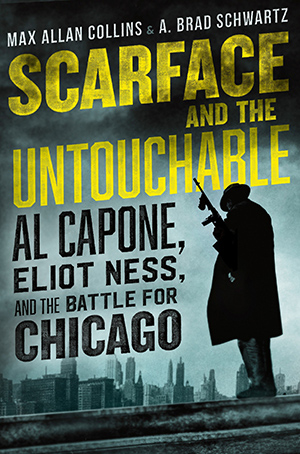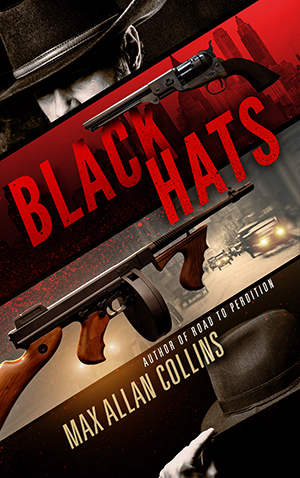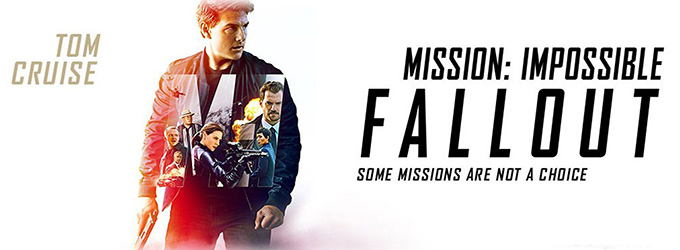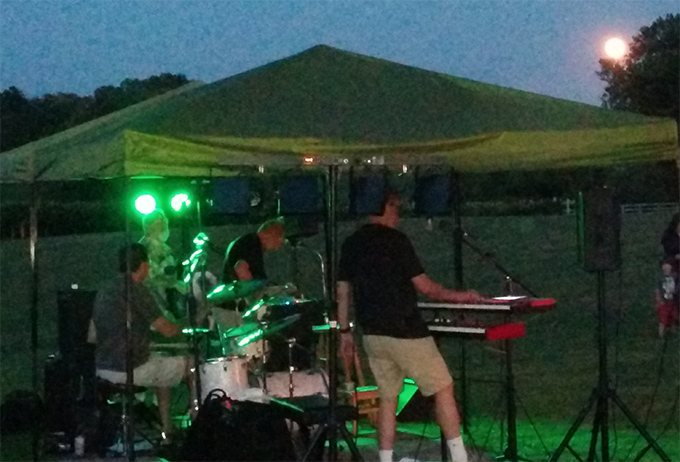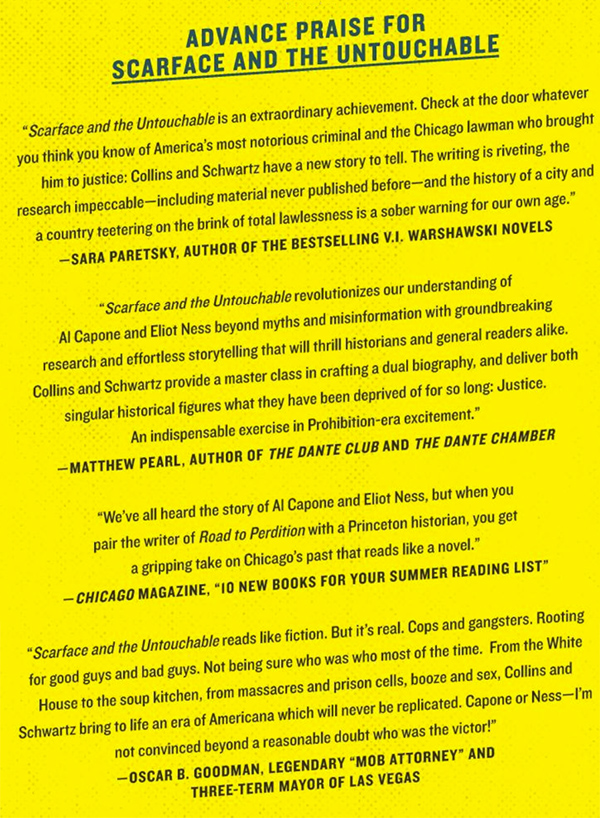
Yes, at long last Scarface and the Untouchable: Al Capone, Eliot Ness, and the Battle for Chicago by A. Brad Schwartz and myself is hitting the bookstores the very day this update first appears.
Brad and I (and Barb) will be appearing at two major Chicago bookstores and another at the bookstore in Dick Tracy’s hometown – Woodstock, Illinois, starting with the latter.
Read Between the Lynes (Website)
From 4PM till…?
111 E. Van Buren St
Woodstock, IL 60098 (Map)
Sunday August 19:
Centuries & Sleuths (Website)
2:00PM till…?
19 Madison St
Forest Park, IL 60130 (Map)
Monday August 20:
Anderson’s Bookshop (Website)
7 PM till…?
123 W Jefferson Ave
Naperville, IL 60540 (Map)
This mini-tour will be the only joint event by Brad and me in support of the book during its opening weeks. Brad heads back to Princeton in his unending crusade to diminish me by making me call him “Dr. Schwartz” (who, let’s face it, sounds like a dermatologist). We’ll be doing some solo events thereafter, and if the media wises up and books us on a national TV show, we’ll likely do that together.
We are also set to appear on the WGN Morning News on Monday morning, but exactly when I can’t say (we arrive at 8:30 AM).
We’ll also be doing a Reddit AMA (Ask Me Anything) on r/books this Thursday at 1PM EST. Keep an eye on my facebook page for a link.
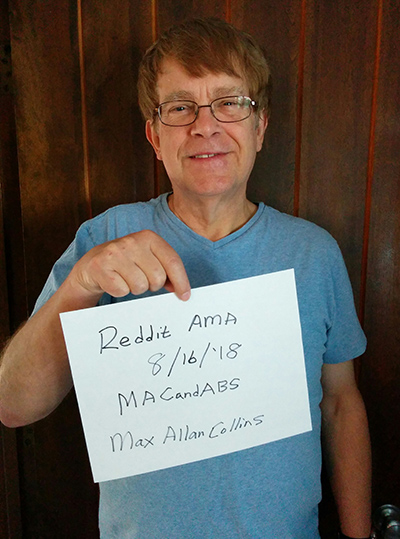
The Centuries and Sleuths signing will include Barb, as “Barbara Allan”-bylined novels (Antiques Wanted in particular) will be available. This is the first joint signing Barb and I have done in some time.
Centuries and Sleuths is where Brad and I first met, when he came to a signing after seeing “Untouchable Life” live in Des Moines. By the way, work progresses on the Blu-ray of the film version. You can order it here.
In the meantime, come and see us (Mike Doran – I’m talking to you) (but no questions requiring a photographic memory of the entire run of TV Guide to answer).
The reviews thus far have been stellar, including the Chicago Tribune, where Rick Koganwhere Rick Kogan – a well-known writer and TV personality in Chicago – loved the book but hated my introduction. Why? Because I (with Brad’s help) singled out the authors (and one screenwriter) whose offenses had much to do with us feeling another book about Capone and Ness needed writing. We were very specific about what we were correcting, but Mr. Kogan found my intro “unseemly.”
Here’s what he wrote, along with links to other favorable reviews (the Kogan link is mid-page).
Now, just for fun, read what I wrote that offended Mr. Kogan, available thanks to the Ellery Queen Mystery Magazine blog.
Others reviewing the book in the days just ahead of publication include USA Today, which makes us one of the top books of the week that they recommend. (Omarosa’s Trump memoir gets the top spot, though.)
Here’s a really nice review courtesy of Mystery People.
This one isn’t a review, but uses our book as a sort of tour guide to track Capone’s real-life hangouts.
Now in non-Scarface and the Untouchable news, here’s another San Diego Comic Con interview with me, on the new Mike Hammer serialized graphic novel from Hard Case Crime. It’s one of the better interviews, I think.
Finally, Gaping Blackbird continues to review the early Quarry novels, and very intelligently.
M.A.C.
